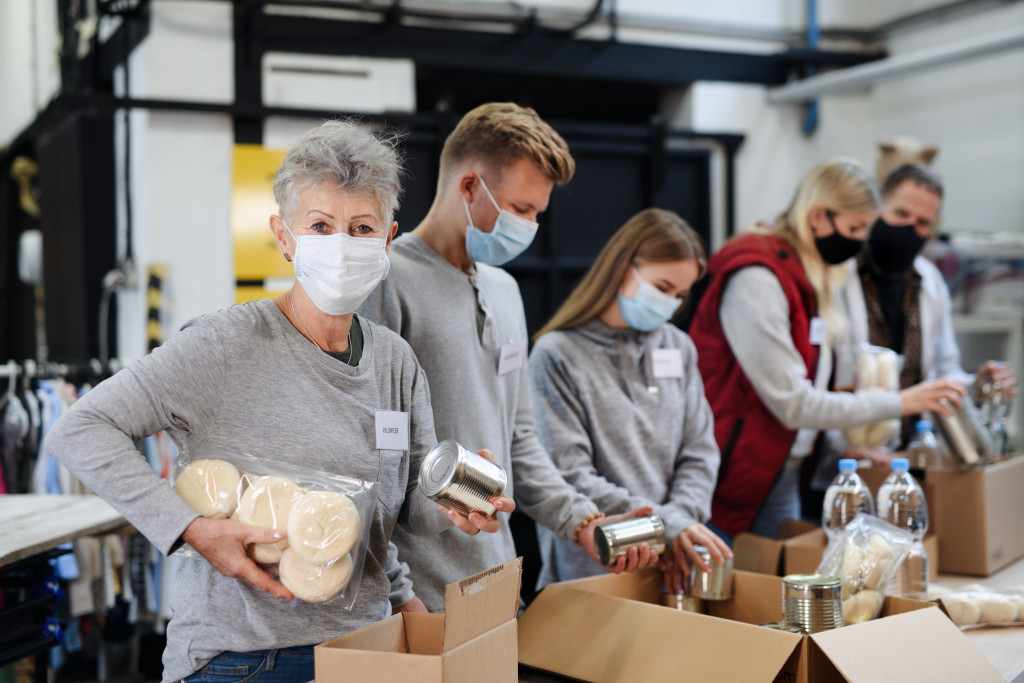- Develop a comprehensive plan to reduce waste and promote alternative energy sources.
- Encourage public participation in green initiatives such as recycling and composting.
- Invest in green infrastructure such as bike lanes and solar-powered street lights.
- Educate people on the importance of environmental conservation and sustainable living.
- Support local leaders who are promoting a platform of sustainability and environmental protection.
Do you want to help create a healthier and more sustainable world? It starts with building green communities. Climate change and the effects of environmental degradation have been felt worldwide, and it’s up to society to ensure that future generations can enjoy a planet free from pollution. Here are five tips to help you create greener communities for a better tomorrow.
1. Planning
If you want to help create a green community, the first step is planning. Developing a comprehensive plan outlining goals, objectives, and conservation policies can help reduce the community’s carbon footprint. You can create a committee tasked with creating and implementing solutions to reduce waste, promote alternative energy sources, and improve recycling. It may require the participation of your community members and elected representatives to ensure your plan is successful.
2. Participation
The success of any plan depends on public participation. Encouraging people to get involved with green initiatives like recycling or composting can go a long way toward making the community greener. This could include getting businesses involved in incentivizing environmentally friendly practices or working with schools to educate students on the importance of conservation. Your community can show its support by volunteering for clean-up days and other green initiatives. Participation and support could also be as simple as incorporating more eco-friendly sustainable practices into their daily life that, in turn, positively affects the community.
3. Green Infrastructure
The infrastructure of a community plays a significant role in its sustainability. Investing in green infrastructure such as bike lanes, solar-powered street lights, and water-efficient landscaping can help reduce emissions and improve air quality. In addition, eco-friendly construction materials can be used for new buildings that are designed to utilize natural resources like sunlight and wind energy more efficiently.
Air pollution
Your community’s infrastructure also plays a significant role in reducing air pollution. Encouraging people to use public transportation and promoting electric cars can help reduce the amount of traffic in your area and its carbon footprint. You can also encourage businesses to switch to renewable energy sources such as solar or wind power.
Water pollution

Reducing water pollution in your communities can also be addressed with the help of proper infrastructure. This includes things such as stormwater management systems, green roofs, and rain gardens that can help absorb excess water and reduce flooding. Utilizing effective stormwater management plans can help protect local waterways and keep them safe for citizens and wildlife.
Land pollution
Lastly, land pollution can be addressed with the help of responsible waste management. Properly disposing of hazardous materials, promoting sustainable agriculture practices, and supporting initiatives such as green building certification programs can all go a long way toward creating a healthier environment. Infrastructure improvements like walkable paths and green spaces can also help reduce land pollution.
4. Education
If you want to help create a green community, education is another crucial factor. It is essential to educate your community members on the importance of environmental conservation and how their small habits impact the planet. Organize educational seminars, workshops, and events that focus on sustainable living and conservation. Create campaigns to promote recycling, composting, and reducing waste — these initiatives can greatly reduce carbon emissions. With education, you can improve people’s habits and behavior.
5. Leadership

Leadership is essential for any successful green community project. You need to have strong leaders who can organize and implement projects that will benefit the environment. From creating plans to developing policies, these leaders are the ones who will guide the community to a more sustainable future. They should be able to inspire others and bring people together to take action.
Support local
Supporting your local leaders who are promoting a platform of sustainability and environmental protection is also important. Contact your local representatives and ask them to include green initiatives in the public policy agenda. This could mean investing in renewable energy sources or incentivizing businesses to adopt sustainable practices.
To Wrap Things Up
Creating green communities isn’t easy, but it’s one of the most critical steps toward a healthier and more sustainable future. With the proper planning, education, and leadership, you can make a difference in helping to create greener communities. From reducing air and water pollution to investing in green infrastructure, there are many ways that you can help make the world a better place for future generations. Start by implementing these five tips today, and you’ll be well on your way toward creating a brighter tomorrow.




